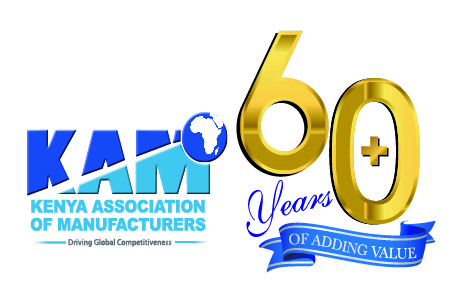Driving manufacturing excellence through skills development
As more industries shift to automation and artificial intelligence, the demand for the right mix of skill, technical know-how and soft skills continues to rise.
Human capital development is central to employability and sustainable enterprise development within Sustainable Development Goal (SDG) 8 on Decent Work and Economic Growth. This is more so crucial in an era where automation is expected to reduce manual labour.
Whilst industrial employment has continued to drop in high-income economies such as Spain and Portugal over the last decade, industrial employment continues to rise in East Asia. The overall share of industrial employment in Vietnam, for example, rose from 9% in 1991 to 25% in 2017 whereas Lao People’s Democratic Republic share rose from 3% to 10% over the same period. To realize the above, these countries brought together new technology and highly skilled young workers into the labour market and in turn, increased their manufacturing production.
Employment remains a daunting challenge in Kenya. According to the Trading Economics, unemployment in the country stood at 9.3% in 2018. Whilst this rate has decreased by 2.2% compared to 2017, the World Bank report on Kenya Social Protection and Job Programmes Public Expenditure Review Report states that we are not producing sufficient jobs as a country to keep up with the growing population that is entering the job market, both at rural and urban areas.
According to the report, 9 million individuals are expected to enter the labour force between 2015 and 2025. This means that we have to create an average of 900,000 per year. In 2018, our economy created 840, 600 new jobs – the formal sector only accounted for 16.4%, according to the Kenya Economic Survey 2019.
Through the Big 4 Agenda, the manufacturing sector is expected to create 1 million jobs and increase the contribution of the sector to GDP to 15% by 2022. Of the Big Four Agenda pillars, manufacturing is the only one that is guaranteed to create jobs and enhance its contribution to GDP in the short to medium term. However, formal employment in the sector increased by 1.4% to 307,592 persons in 2018 (KNBS, 2019).
Whilst there is an increasing and significant demand for skilled workers in Kenya, there is a mismatch between the skills needed by industry and skills taught in higher institutions of learning. Labour productivity is essential for manufacturing competitiveness. Lack of relevant skills and competencies can be detrimental to the industry in terms of production and wastage.
Investing in human capital should be a priority if we are to make the most of technological advancements and the economic opportunities it presents. Skills development not only stimulates the creation of a sustainable development process but it also contributes to the transition from the informal to the formal economy.
Kenya has invigorated efforts towards bridging the skills gap through various initiatives such as the reforms in the Technical and Vocational Education and Training (TVET) sector and implementation of Competency-Based Education and Training (CBET) curriculum in the desire to establish an intentionally competitive workforce.
Industry too is keen on promoting youth employment in the country. In 2017, the Kenya Association of Manufacturers launched its TVET programme geared towards improving access to jobs and economic opportunities for the youth through practical training of TVET graduates.
The second phase of the programme, which kicked off at the beginning of this year, supports CBET and pioneer placement of CBET graduates in the industry. Through this phase, manufacturers provide trainees with on-the-job training during their industrial attachment period. This experience ensures that technical institutions produce a globally competitive workforce that adapts to new work practices and technologies for the 21st century.
Technological advancements have the potential to create new and high-quality jobs, improve the job quality and productivity of the existing work of the employees. Hence, we must invest in our human capital and support the existing workforce, by training and equipping them with new skills to match with the current industry demands.
This will not only result in excellence in manufacturing production but will also help industries move up the value chain.
Looking for elevation? KAM lifts you up.
- Direct technical assistance
- Capacity building programmes
- Networking and mentorship
- Industry insights & analysis
- Trade & export development services
